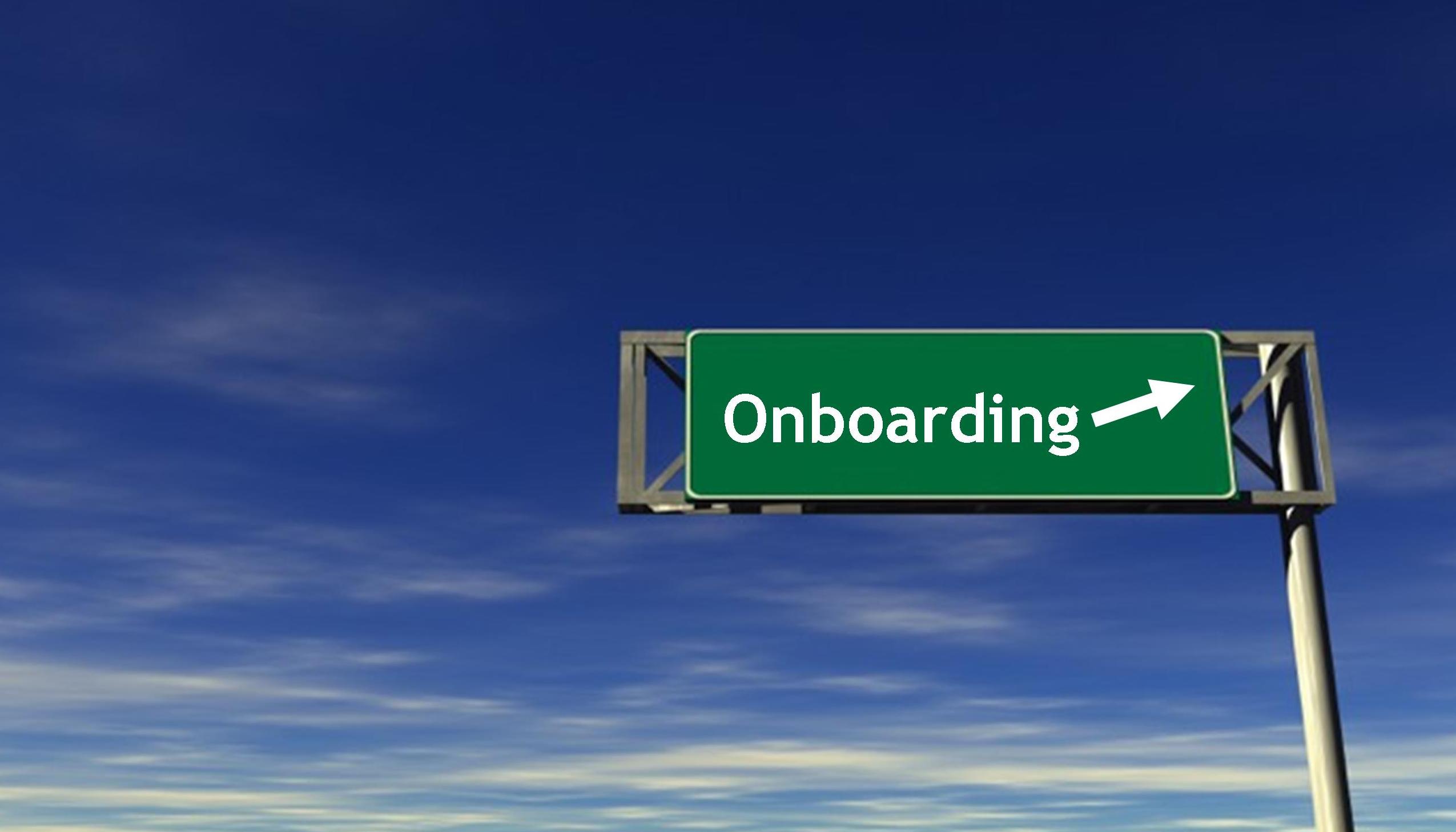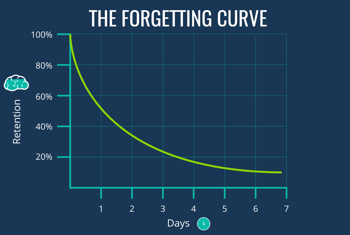1 min read
Most Staffing Firms are Not Built to Scale, But to Survive
Most staffing firms don’t struggle to scale because their teams aren’t working hard. They struggle because they don’t have a real go-to-market...

1996 was my first year in the staffing and recruiting industry. Back then my recruiter onboarding experience entailed me reading static documents and discussing those documents with my manager. There was some shadow training, but I didn't know what to look or listen for, nor did I know what questions to ask because I had no experience or context to draw from. I was brand new to the industry. I didn't know what a "good" candidate interview or a "good" candidate cold call sounded like.
By the end of my first day, I was handed a script and I was on the phone making calls. Every candidate and customer call were literally an experiment. I didn't know what was going to work. I eventually got better, after months of failure. Amazingly, that was acceptable.
Here we are 25+ years and later and not much has changed. Despite technological innovation, and the advancement of modern learning methods, many staffing and recruiting firms continue to rely on traditional recruiter onboarding methods like the one I experienced 25 years ago.
Modern recruiting organizations are spending more time and resources on creating structured, organized recruiter onboarding that provide comprehensive training for both inexperienced and experienced new hires. The good news is the hard work appears to be paying off. Research from Glassdoor found that organizations with strong onboarding programs improved new hire retention by 82 percent. A BambooHR study found that an effective onboarding process made employees 18 times more likely to feel highly committed to their new job and employer. And there are plenty of additional onboarding statistics that point to other financial benefits including accelerated new hire ramp-up (time to productivity), and increase in quota attainment.
What is Modern Recruiter Onboarding?
To be clear, modern recruiter onboarding is about employee engagement and building self-confidence via technological innovation and modern learning methods. Self-confidence is what enables your new hires to flourish in their role. Instilling that self-confidence starts with engagement. When employees are engaged, they learn, and more importantly, they apply what they learn.
As technology and communication has evolved, so too has the way people learn. This is why modern recruiter onboarding looks very different from traditional recruiter onboarding. Modern recruiter onboarding builds on what we have learned about training and combines that knowledge with new platforms and applications that employees are already comfortable (and expect to be) using. This includes mobile devices, mobile apps, video, AI (artificial intelligence), and peer-to-peer and social learning to deliver a more engaging and personalized learning experience.
In just the past few years we have seen learning technology and practices advance by leaps and bounds. Here are a few examples of what separates modern recruiter onboarding from traditional recruiter onboarding.
Mobile
Your recruiters — like everyone else — carry their smartphones with them throughout every waking hour. By making your content mobile-friendly, you%20(1).png?width=350&name=Mobile%20phone%20image%20(3)%20(1).png) can make it easy for your organization to meet your recruiters where they live and work. By making your content quick and easy to access you keep your employees engaged which improves adoption.
can make it easy for your organization to meet your recruiters where they live and work. By making your content quick and easy to access you keep your employees engaged which improves adoption.
Mobile makes training content, all content for that matter, quick and easy to access.
Video
Modern recruiter onboarding programs rely heavily on video-based training. Why? The human brain processes visual information 60,000 times faster than it does text. Video is the quickest, easiest and one of the most engaging ways to teach new hires. Not only that, video training is also scalable and repeatable. You can quickly replicate winning recruiting behaviors across your organization.
As a side note, research shows that video based training is what employees want and expect from their employer.
Microlearning
Let's face it, nobody wants to be on the receiving end of a long and boring lecture about your ATS or recruiting processes and procedures. Microlearning, which includes animated microlearning videos, is a learner-centric approach that delivers just-in-time training via devices such as computers, tablets, and smartphones. Microlearning is personalized and flexible, two ingredients all learners, especially millennials, covet. These aspects ensure that training can be easily accessed, quickly completed, and applied by the learners.
That doesn't sound like the "death by PowerPoint," or marathon lectures and presentations most recruiters, like myself, were exposed to.
Artificial Intelligence (AI)
Artificial intelligence or AI enabled recruiter onboarding allows your training program to be adaptive, where learning paths can be personalized to suit the specific needs of each employee's training needs. Your platform might offer video tutorials to certain employees, but auto transcribe the videos to text-based articles for other employees. Your new hire may take a certification exam and based on the their results, AI makes a recommendation for which training content is to be consumed next. AI's impact on new hire onboarding is dramatic; it shortens the learning process by suggesting specific modules the employee needs in order to address their skill and knowledge gaps for the job they are performing. But AI for recruiter onboarding doesn't stop there.
Modern recruiter onboarding is not just about helping your new hires ramp faster or achieve higher quota attainment, it is also about great communication. Engaging and learning from peers and colleagues facilitates the transfer of tribal knowledge quickly and efficiently. Modern recruiting onboarding leverages AI technology to drive that collaboration by recommending peers to follow and collaborate with for improved results.
Pretty cool, eh.
Overcoming the Forgetting Curve with Continuous Reinforcement
 Employee engagement is also key to overcoming the forgetting curve. The forgetting curve demonstrates how information is lost over time when people don’t try to retain it. Research shows that people forget 80% of what they learn within just a few days of training.
Employee engagement is also key to overcoming the forgetting curve. The forgetting curve demonstrates how information is lost over time when people don’t try to retain it. Research shows that people forget 80% of what they learn within just a few days of training.
Modern recruiter onboarding programs use AI, machine learning, and other advanced technologies to push automated, daily reinforcement exercises to each recruiter’s mobile device using spaced repetition — a method of spacing learning over time for maximum retention.
Track and Measure Learner Competency
Modern onboarding and enablement platforms allow recruiting teams to create a coaching culture with competency based, data-driven insights that enable managers to coach and develop skills (not just review activity). With real-time onboarding and enablement data, recruiting managers are able to quickly identify and diagnose skill and knowledge gaps before they impact performance.
Conclusion
Adopting modern learning practices and innovative technologies to improve recruiter onboarding is not just wishful thinking. It is the reality for organizations across all industries, all over the world, including staffing and recruiting firms. What steps are you taking to modernize your recruiter onboarding?
To learn more about modern recruiter onboarding, download our eBook, Seven Keys to More Effective, Efficient Recruiter Onboarding.

1 min read
Most staffing firms don’t struggle to scale because their teams aren’t working hard. They struggle because they don’t have a real go-to-market...

In my previous post, How to Prevent Unexpected Contract Terminations, I shared how systemizing consultant and client check-ins at key milestones...

About a year ago, I was serving as the fractional revenue leader, managing sales and recruiting for a client.